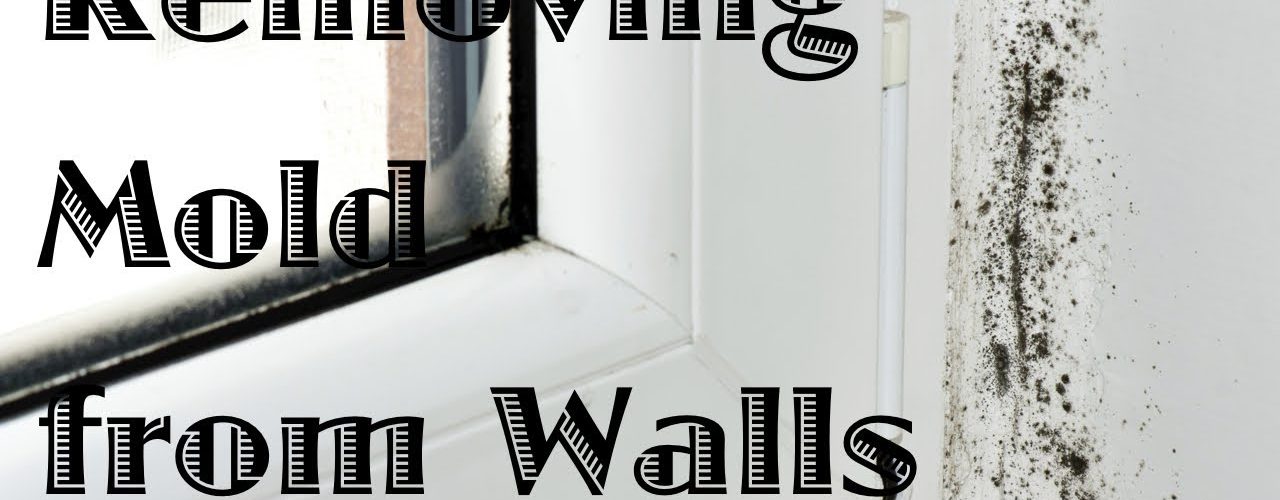Mold growth takes place over time will grow in environments where moisture is present. In order to perform an effective cleaning, it’s necessary to first eliminate the source of the moisture. Plumbing leaks, roof leaks and seepage under foundation walls are some of the common causes of residual moisture, and the problem must be identified and corrected. Once this has been done, the rooms where mold is present must be fully dried out using humidifiers and high-speed air circulation fans.
Certain types of flooring will retain moisture, such as carpet and pad, and hardwood flooring. In addition, loose floor tile may be a sign that moisture is present, and inspection of the floor will dictate whether the floor tile must be removed. In rooms where mold is present on wall covering or acoustic ceilings, those coverings must be completely removed as well. Where ceiling tiles need to be removed, it is advisable to remove any insulation that might retain moisture. Food products and any living organism, such as plants, tropical fish or other pets must be relocated during the cleaning process.
With the source of the moisture corrected and the wet finishes removed, the area must be sealed off in containment to prevent mold from becoming airborne during the cleaning process. Containment can be done using thick mil plastic and duct tape at all door and window openings, recessed light fixtures and air conditioning grills. Any other wall or ceiling penetrations must be completely sealed as well. Persons performing the mold cleaning must wear protective clothing and respirator masks with eye protection. Gloves are essential since any contact with the skin can lead to a mold-related illness.
Cleaning mold from walls can be done using bristle brushes with a fresh water solution of soap and bleach. Areas of heavy mold should be scraped with a drywall blade, then washed with the solution. Residual cleaning water can be soaked up using rags, sponges, or drawn into containers using a wet vacuum. Vacuum and sponge water must be transported from the immediate area in sealed containers, such as thick plastic bags or plastic drums with sealing lids. It is extremely important that the cleaning by-products are not exposed to other areas of the building during the removal process.
Non-porous items, such as window glass, acoustic ceiling grid, hard plastic and concrete can be washes using a similar solution. Once the mold is completely removed from the walls and other areas, the room can be ventilated in order to accomplish a complete dry out. In the days following the cleaning, it is essential that any signs of reoccurring mold be addressed immediately. These signs might be musty smells or the regrowth of mold in visible locations. Musty odors that remain for days following the cleaning suggest the moisture problem and mold cleaning have not been thoroughly performed.
Prior to cleaning mold from walls or other surfaces, it is strongly recommended that a qualified remediation company is consulted. Improper containment, insufficient body protection and improper disposal of mold debris can lead to serious health and public safety issues. Any activity related to mold cleaning should be done with these concerns in mind.



